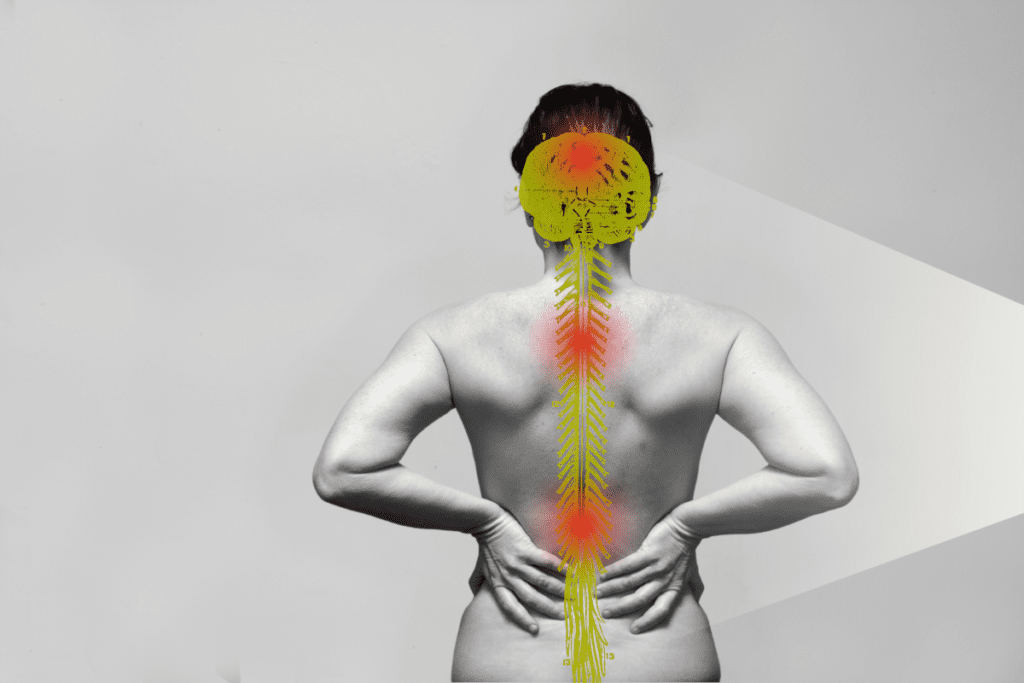The IBEC is set to lead the coordination of the PHOTOTHERAPORT project, which will be developed with funding from the European Innovation Council’s Pathfinder Open programme. The project focuses on the development of luminescent implants and light-activated drugs for innovative neuromodulation therapies. PHOTOTHERAPORT will comprise an international consortium of 8 institutions and will receive €3 million over 3 years for the preclinical study of these implants.

Pau Gorostiza, an ICREA research professor and principal investigator of the Nanoprobes and Nanoswitches group at the Institute for Bioengineering of Catalonia (IBEC) and CIBER-BBN, is set to coordinate the PHOTOTHERAPORT project, which is funded by the prestigious Pathfinder Open programme of the European Innovation Council (EIC). Through this initiative, the EIC supports the exploration of bold ideas for radically new technologies, welcoming cutting-edge, interdisciplinary, and high-risk/high-reward scientific collaborations that underpin technological breakthroughs.
PHOTOTHERAPORT focuses on the development of luminescent implants as ports for light therapies, analogous to those used in chemotherapy for drug delivery. A consortium of 8 institutions from 4 countries, coordinated by IBEC, will execute the project with funding totaling €3 million over the next 3 years.
Light-based therapies are gaining significance in medicine for their ability to target specific regions of the body. Despite their demonstrated therapeutic potential, these therapies encounter a common challenge: the attenuation of visible light through soft tissues and bones before it can reach the intended site. This attenuation increases with the depth of the target tissues and organs.
The PhotoTheraPort platform offers a solution to this challenge. These implants are designed to locally emit light when illuminated with an external light source. They incorporate upconversion nanoparticles that, when exposed to infrared light, emit higher-energy photons (visible or ultraviolet light). This allows the emission of light by the nanoparticles to be controlled remotely and non-invasively by externally applying infrared light, which does penetrate through the tissue and bone. The shape and emission color of PhotoTheraPorts can be adjusted for various therapeutic purposes. The research consortium will initially use this platform to directly photoinduce analgesia, an effect known as photobiomodulation, and compare it with clinically used lamps. The goal is to treat inflammatory pain more effectively in concealed regions of the spine.
The PhotoTheraPorts will subsequently be applied to photopharmacological neuromodulation therapies. For this purpose, photoswitchable drugs designed to synergize with the light emitter platform will be developed. These drugs activate only when exposed to a specific color of light. This second technology will undergo testing to mitigate neuropathic pain by illuminating specific regions of the spine. Additionally, an effort will be made to inhibit the neuronal hyperactivity characteristic of focal epilepsy, which affects a limited region of the brain and is untreatable in 30% of epileptic patients.
“Our goal is to demonstrate, within 5 years, the safety and non-toxicity of the platform and to bring this new photobiomodulation therapy closer to clinical use. Photopharmacological development timelines are unpredictable but are expected to be longer. If we achieve positive preclinical results for neuromodulation, it would be the first molecule of its kind to meet regulatory requirements,” explains Gorostiza.
Once the efficacy of PhotoTheraPorts for these pathologies has been proven, the platform has the potential to be applied to other conditions requiring treatments with localized action, such as arthritis, autoimmune diseases, infections, or transplants. The simplicity and versatility of this innovative platform aim to enhance pain management and patients’ quality of life, while also providing the healthcare system with ways to optimize medical costs and extend its benefits.
The PHOTOTHERAPORT consortium is coordinated by IBEC and comprises the Latvian Institute of Organic Synthesis (LIOS), the Tampere University (TAU, Finland), the Technion Institute of Technology (TIIT, Israel), the Riga Stradins University (RSU, Latvia), the University of Cádiz (UCA), the Barcelona Institute for Biomedical Research (IIBB-CSIC, Spain), and the Teamit Institute (TINS, Spain).






